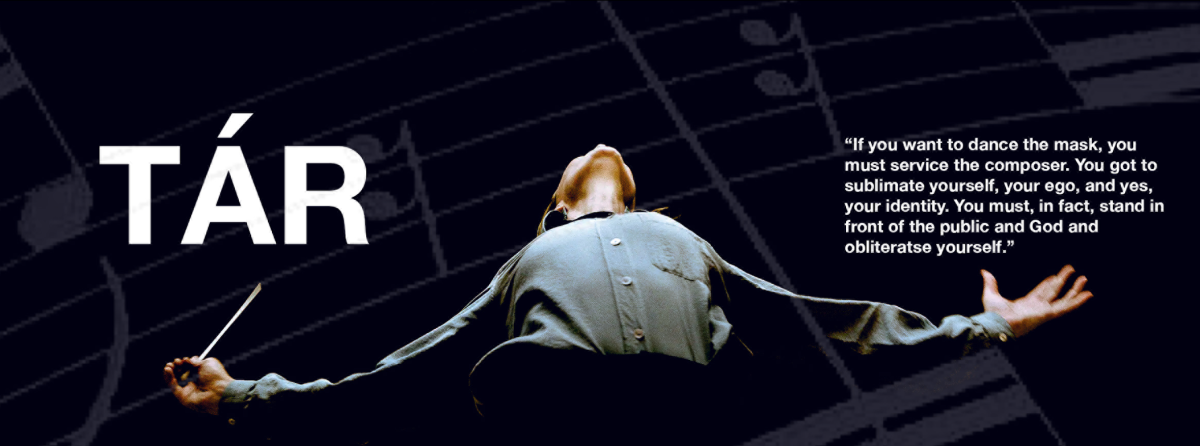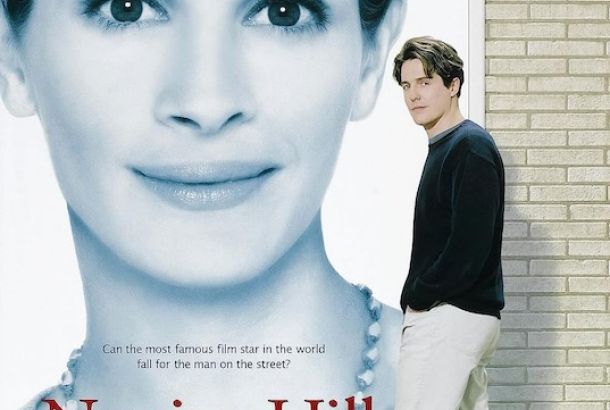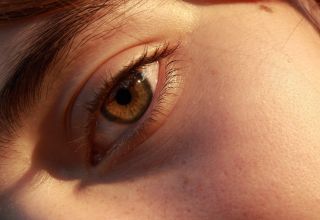Tár review: Power perverts art

Lydia Tár, played by Cate Blanchett, is a highly successful woman conductor and composer. In Tár, she is preparing for a major show as her narcissistic, obsessive, and controlling traits – that usually facilitate her success – have become obstacles that get in the way of her ability to perform and excel.
Tár dips its toes into many genres. From black comedy, to thriller/ drama, and even surrealism, Field’s film effectively and accurately covers many bases. This ecosystem of creative references are combined to form the complicatedly dark main character. Additionally, the sequence of images were cleverly spliced together and sequenced in a manner similar to notes decorating a musical piece. The science behind time signature, tempo, and dynamic signs are utilised in the cinematography perfectly connecting the filmic world to the musical world, ultimately telling the story as it would tell itself. This film is simply a testament to the beauty of filmmaking.
German-born cinematographer, Florian Hoffmeister BSC, unsurprisingly brought home the Golden Frog at Camerimage International Film Festival back in 2022 as well as an Academy Award nomination for Best Cinematography in 2023. He is yet another example of the incredible talent and art coming from the British Society of Cinematographers guild.
From Weinstein to Polanski, the world of cinema has had its fair share of artists tarnish the medium with their actions. However, the support of the #MeToo movement is a hopeful reminder that there are many, although arguably not enough, who are no longer comfortable with this lack of accountability taken by those who have been exalted to god status – as well as those who exalt them. This is addressed in Tár as discourse around separating the artist from their art is mentioned in the very first act.
I strongly believe it is impossible and potentially harmful to separate the artist from their art. Adopting this belief is a privilege that many cannot claim. Marginalised people do not always have the luxury of separating the artist from their art as we remain the butt of everyone’s jokes. For instance, despite her deeply anti-black racism shown by her dehumanisation and reduction of black men to sexual objects in her 2002 autobiography, Yayoi Kusama and her art is still promoted as she is currently collaborating with Louis Vuitton.
Similarly, the French Post-Impressionist artist, Paul Gaugin, who had a horrid history of grooming and assaulting Polynesian girls, while simultaneously exploiting them for his art, still has his works on display around the Western world. Ultimately, in these situations the suffering of victims is ignored and even somehow justified in a twisted way. It is so-called ‘artists’ like these that reduce the beauty that is art to a simple game of power imbalance, ego stroking, and discrimination. It is them, and their supporters, who ruin creative forces in all mediums.
Interestingly enough, Lydia Tár herself is marginalised as a lesbian yet she encourages this unrealistic separation between the artist and their art. This need for a betrayal of the self for success portrays how the prominence of capitalism, sexism, racism, homophobia, and more forces creatives to shapeshift into the enemy in order to succeed which stagnates and regresses potential social progress. In this way, Field elevates the narrative by critiquing the industrialisation of art. As a young creative myself, Lydia Tár is exactly the person I do not aspire to become.

The obsessed artist trope is depicted in a way that does not glorify it and in fact shows how damaging such mentalities are. It is the humanisation of Lydia Tár that allows the viewer to understand her flaws and hold her accountable for her actions. This humanisation is needed in art’s analysis and consumption to prevent the iconisation and exaltation of an artist that can facilitate their abuses of power.
Tár is a fresh reminder of how art can be perverted by power and, even more scarily, how this perversion goes unaddressed and even encouraged. It is equally a reminder that unresolved mistakes coming creeping back up to haunt the guilty.
The only bad thing about this film is its incredibly overdue UK release date that made me wait several months of dodging spoilers and avoiding reviews. Nevertheless, Field and his team did not disappoint as Tár proved to be worth the wait.
5/5.
TÁR is available in cinemas now.







